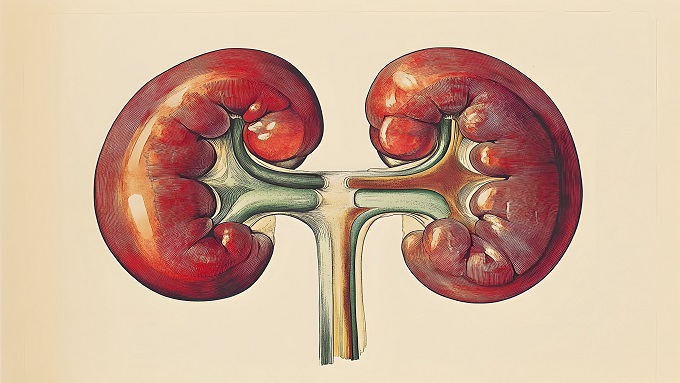Accreditation Number: 10/C/C3/DT.05.00/2025
Submissions
Online Submissions
Already have a Username/Password for Majalah Biomorfologi?
Go to Login
Need a Username/Password?
Go to Registration
Registration and login are required to submit items online and to check the status of current submissions.
Submission Preparation Checklist
As part of the submission process, authors are required to check off their submission's compliance with all of the following items, and submissions may be returned to authors that do not adhere to these guidelines.
Copyright Notice
1. The journal allows the author(s) to hold the article's copyright without restriction.
2. The journal allows the author(s) to retain publishing rights without restrictions.
3. The formal legal aspect of journal publication accessibility is referred to as the Creative Commons Attribution 4.0 International License (CC-BY).
Intellectual Property Policy
All content in this journal is licensed under the Creative Commons Attribution (CC BY) License. This license permits anyone to copy, redistribute, remix, transform, and build upon the material in any medium or format, including for commercial purposes, provided that proper credit is given to the original authors, a link to the license is included, and any modifications are clearly indicated.
Copyright remains with the author(s). By submitting their work to the journal, author(s) grant the journal a non-exclusive right to publish, distribute, and archive the content. Author(s) must ensure that their submissions are original, properly cited, and do not infringe upon third-party copyrights. The journal reserves the right to take appropriate action if any copyright violations are identified.
Privacy Statement
The name and email addresses entered in this journal site will be used exclusively for the stated purposes of this journal and will not be made available for any other purpose or to any other party.
































